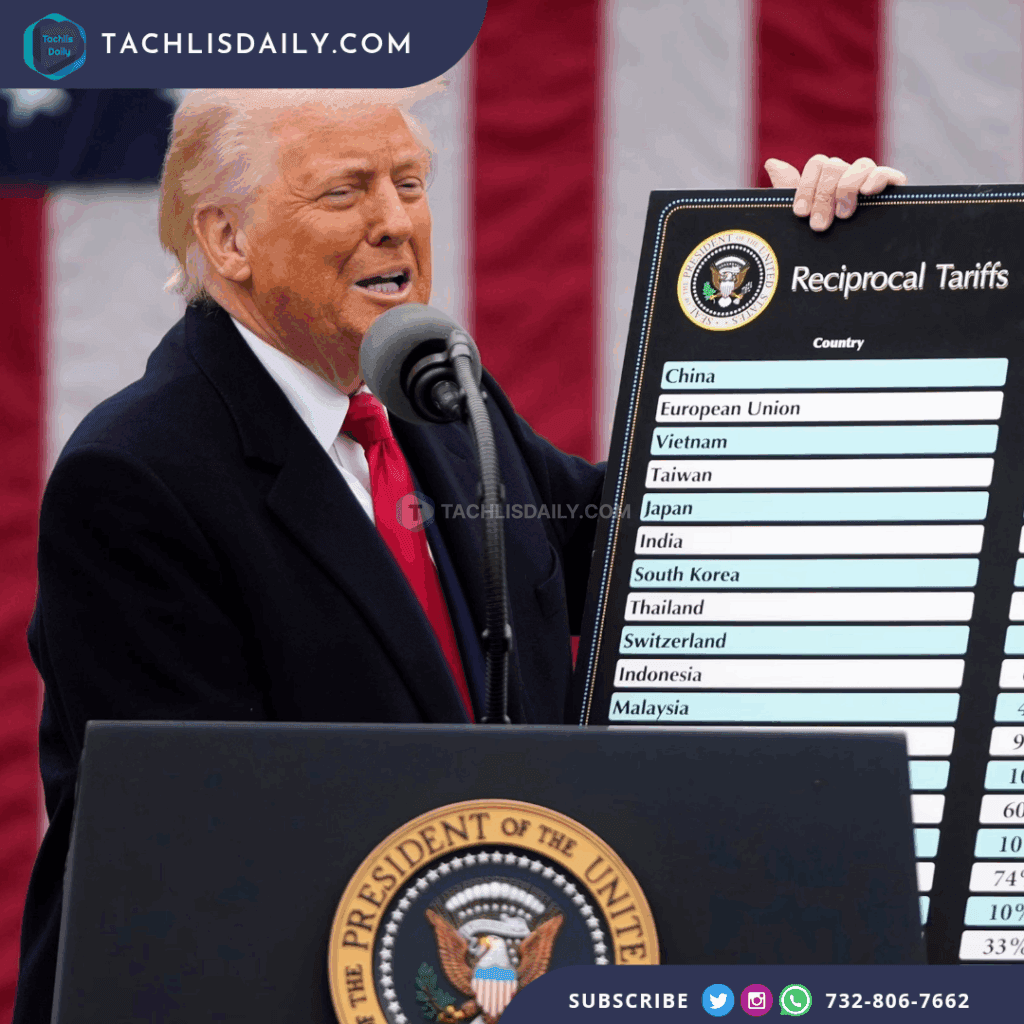President Donald Trump announced new blanket tariffs Monday targeting imports from seven countries, with duties set to take effect August 1. The move marks a significant expansion of Trump’s trade agenda, which continues to prioritize bilateral leverage and “reciprocal” terms with U.S. partners.
In a series of posts on his social media platform, Trump shared signed form letters addressed to the leaders of Japan, South Korea, Malaysia, Kazakhstan, South Africa, Laos, and Myanmar. The letters outlined tariff rates ranging from 25% to 40% on all goods imported from those nations. Specifically, Japan, South Korea, Malaysia, and Kazakhstan will face 25% duties, South Africa 30%, and both Laos and Myanmar will be hit with 40% tariffs.
The White House confirmed that at least 14 countries will receive similar notifications this week. Press Secretary Karoline Leavitt also announced that Trump will sign an executive order delaying the reimplementation of previously announced tariffs until August 1. These new blanket tariffs follow Trump’s original April 2 tariff order, which was paused on April 9 to allow for potential trade negotiations.
Markets reacted sharply to the news. The Dow Jones Industrial Average fell 637 points, while the S&P 500 and Nasdaq Composite each dropped 1.2%. Investors expressed concern that the sweeping duties could reignite global trade tensions and slow economic growth.
The letters emphasize that the tariffs are meant to correct longstanding trade imbalances. In 2024, the U.S. had goods trade deficits of $68.5 billion with Japan and $66 billion with South Korea. Trump argued these deficits reflect unfair treatment of American industry and said the new tariffs would remain in place unless foreign nations dismantle what he called “Tariff, and Non Tariff, Policies and Trade Barriers.”
Each letter also warned against retaliation, stating that any increase in foreign tariffs would be matched with additional increases on U.S. duties. The message to global partners was clear: either accept the new terms or risk escalating penalties.
These tariffs come as the administration continues to pursue its goal of finalizing up to 90 trade agreements. So far, the U.S. has reached early-stage deals with the United Kingdom, Vietnam, and China. The Vietnam agreement includes a 20% tariff on Vietnamese imports and a separate 40% “transshipping” duty, while providing American exporters full access to Vietnamese markets.
Although a federal court ruled in May that Trump lacked the legal authority to implement such broad tariffs under emergency powers, the administration has appealed the decision. The tariffs remain in effect pending further review by a federal appellate court.
While critics argue that trade deficits do not necessarily harm the U.S. economy, Trump has continued to frame them as evidence of exploitation by foreign countries. His supporters see the tariffs as a necessary step to protect American jobs and manufacturing.
The administration maintains that tariff levels may be adjusted depending on the trade relationship with each country. “You will never be disappointed with the United States of America,” the letters state.











